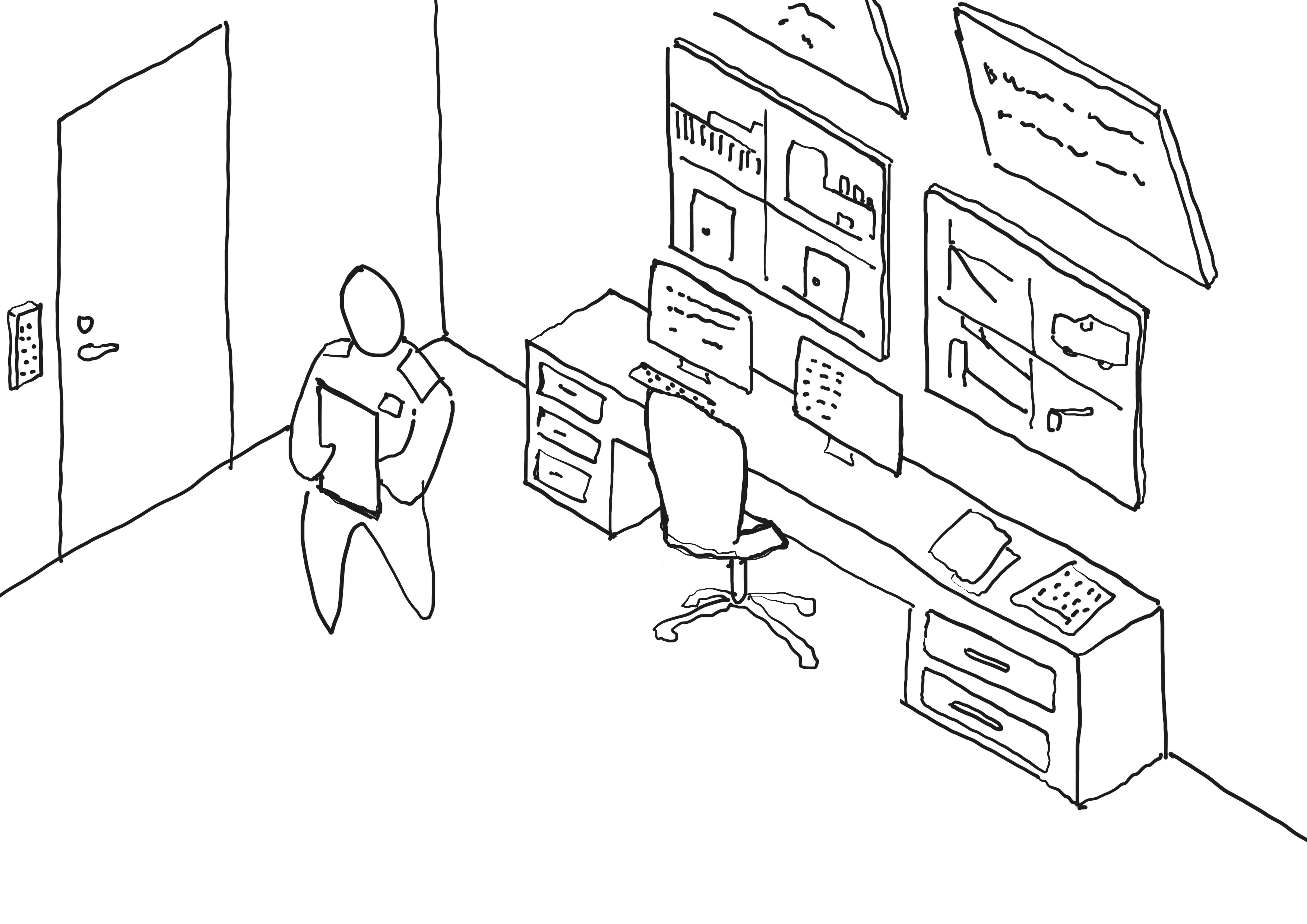Public utilities

It is not inconceivable that a potential attacker may be interested in disabling a building's utilities to achieve a desired outcome, as this could contribute to a successful terrorist attack. Public utilities can also be a target in themselves, e.g., contamination of water or air, or compromise of communication networks
Interruptions to the building's utilities make the organisation vulnerable to other potential incidents. This means that one incident can quickly develop into multiple incidents, which can be challenging to manage and prioritise. A power outage in the building could, among other things, weaken the building's electonic surveillance, which could make it easier for a potential attacker to move onto the organisation's premises without being detected by the electronic surveillance. Utilities should, therefore, always be included in the plan for a building's protective security.
The organisation should also consider vulnerabilities associated with a prolonged utility outage. Consideration should also be given to implementing measures to counter the threat or ensure a controlled shutdown of critical functions in the event of an incident. This can be addressed by, e.g. implementing control procedures and shutdown routines for the property's Facility Management, or creating a Business Impact Analysis (BIA)and a Business Continuity Plan (BCP), which provide management with insight into the organisation's critical utilities and potentially affected functions, and how best to maintain them.

